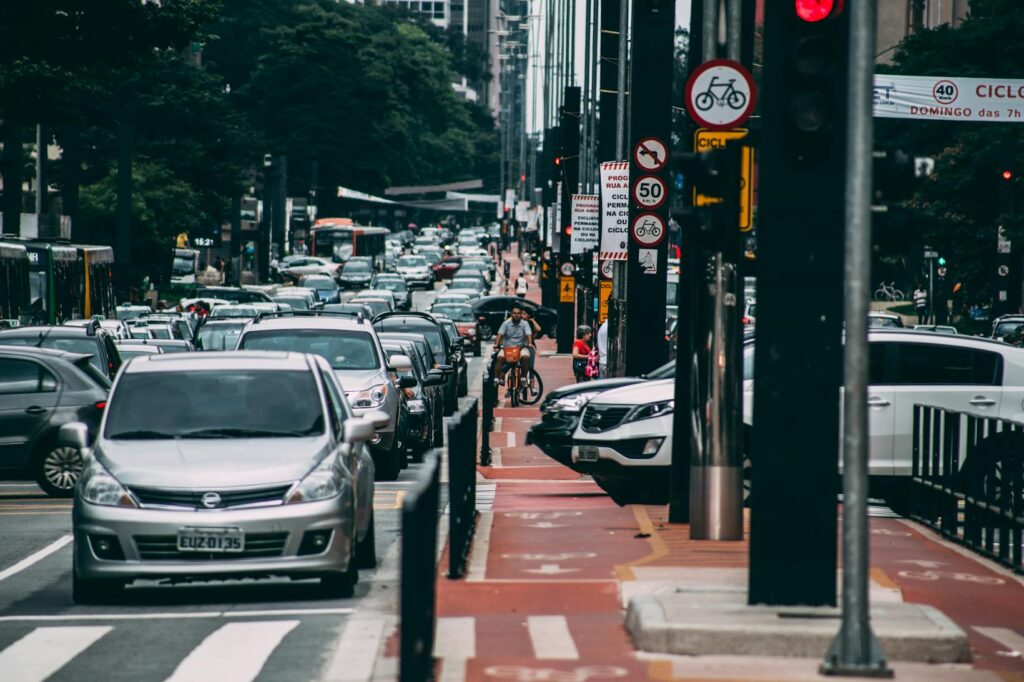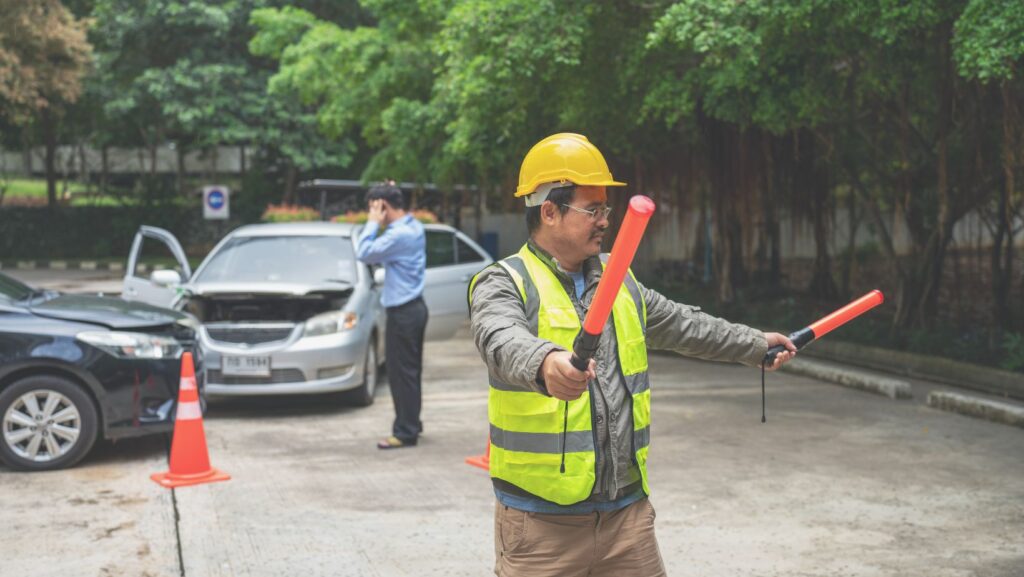Navigating the roads safely is a crucial concern for drivers, pedestrians, and cyclists alike. Road safety signs play an essential role in this dynamic environment, guiding and protecting us as we travel. These signs are the silent sentinels that ensure order and safety on the streets, providing necessary information and warnings to prevent accidents and facilitate smooth traffic flow.
Road Safety Signs
 Road safety signs play a pivotal role in ensuring the safety and efficiency of road use for all. These signs communicate vital information to drivers, pedestrians, and cyclists, guiding them and warning of potential dangers.
Road safety signs play a pivotal role in ensuring the safety and efficiency of road use for all. These signs communicate vital information to drivers, pedestrians, and cyclists, guiding them and warning of potential dangers.
Road safety signs are critical for managing traffic and promoting safety on roads. They provide necessary guidance and warnings to all road users, helping to prevent accidents and ensure a smooth traffic flow. Recognizing these signs helps in anticipating possible hazards, significantly reducing the risk of road mishaps.
Types of Road Safety Signs
Road safety signs can be categorized into several types, each serving a specific purpose. Regulatory signs, like speed limit signs, instruct drivers on what they must or must not do. Warning signs alert drivers to potential dangers ahead, such as curves or pedestrian crossings. Informational signs give useful data about services and directions. Each type plays a specific role in road safety management.
The Impact of Road Safety Signs on Driving Behavior
 Road safety signs play a pivotal role in shaping driving behavior, contributing to safer roadways and reducing the incidence of traffic accidents. Their strategic placement and clear messages are essential in guiding drivers and enforcing traffic laws.
Road safety signs play a pivotal role in shaping driving behavior, contributing to safer roadways and reducing the incidence of traffic accidents. Their strategic placement and clear messages are essential in guiding drivers and enforcing traffic laws.
Road safety signs, including stop signs, speed limit signs, and pedestrian crossing signs, directly influence driver actions, promoting safer driving behaviors. For instance, speed limit signs alert drivers to reduce their speed, thereby decreasing the likelihood of collisions. Similarly, stop signs ensure that vehicles come to a complete halt at intersections, reducing the risk of cross-traffic accidents. These signs are instrumental in preventing accidents by providing timely and clear instructions to drivers.
Challenges in Road Sign Visibility and Maintenance
Ensuring road safety signs are visible and well-maintained is key to their effectiveness. These measures are crucial in preventing accidents and maintaining orderly traffic flow.
Weather conditions greatly affect road sign visibility. Heavy rain, fog, and snow can obscure signs, making it difficult for drivers to see and react to them timely. Proper placement and reflective materials enhance visibility, ensuring that signs fulfill their role even in poor weather. Regular checks are necessary to confirm that signs remain clear and unobstructed, regardless of the conditions.
The Role of Maintenance in Safety
Consistent maintenance of road safety signs is vital for ensuring their effectiveness. Signs that are damaged, faded, or vandalized can’t provide necessary guidance or warnings, putting drivers and pedestrians at risk. Maintenance teams play a critical role in routinely inspecting and repairing signs to prevent such issues. This ongoing care supports the visibility and durability of signs, thereby enhancing road safety for everyone.
Eco-Friendly Sign Materials
 With sustainability becoming a priority, the use of eco-friendly materials in road safety signs is increasingly common. Manufacturers now often opt for materials such as recycled plastics or biodegradable composites to produce less environmental impact. These materials not only support greener production practices but are also designed to be highly durable and weather-resistant, which is essential for maintaining visibility and effectiveness over time. Using solar panels and energy-efficient LEDs in road signs further reduces the carbon footprint associated with road safety systems.
With sustainability becoming a priority, the use of eco-friendly materials in road safety signs is increasingly common. Manufacturers now often opt for materials such as recycled plastics or biodegradable composites to produce less environmental impact. These materials not only support greener production practices but are also designed to be highly durable and weather-resistant, which is essential for maintaining visibility and effectiveness over time. Using solar panels and energy-efficient LEDs in road signs further reduces the carbon footprint associated with road safety systems.
Road safety signs play an indispensable role in safeguarding the lives of all road users by guiding traffic and preventing accidents. They’re not just markers on the side of the road; they’re vital tools for enhancing driver behavior and ensuring smooth traffic flow. The effectiveness of these signs hinges on their visibility and condition which necessitates regular maintenance and strategic placement to combat challenges like poor weather conditions.



